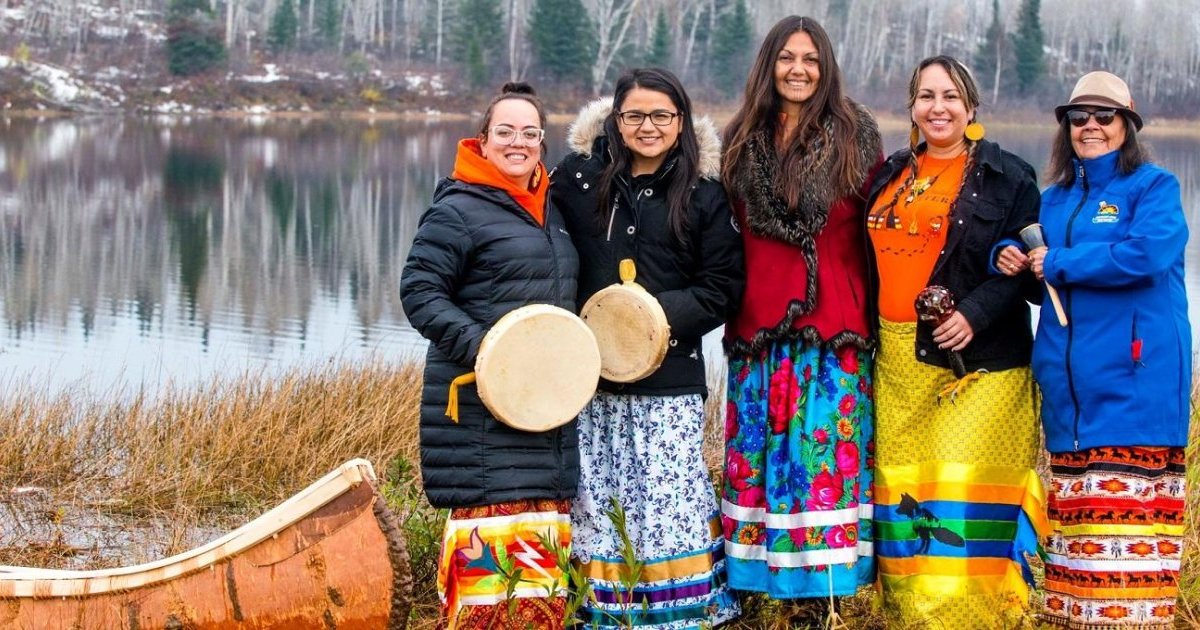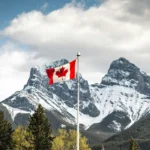Canada’s travel landscape is experiencing a profound transformation, one that goes beyond scenic beauty and adventure. Increasingly, travelers are seeking authentic cultural connections, and this has brought Indigenous Tourism & Reconciliation of Land Stewardship to the forefront. From the storytelling traditions of Haida Gwaii in British Columbia to the land reclamation of national parks by First Nations, this movement reflects both a cultural renaissance and an ethical imperative.
As reconciliation continues to shape Canadian society, the tourism industry is aligning itself with values of respect, sustainability, and inclusivity. For visitors, this shift offers opportunities to engage with Canada in deeper, more meaningful ways, while also demanding greater cultural sensitivity and awareness.
The Growth of Indigenous Tourism in Canada
Indigenous-led tourism has become one of the fastest-growing sectors in Canada’s travel industry. According to Indigenous Tourism Association of Canada (ITAC), the sector contributes billions annually to the national economy and supports thousands of Indigenous-owned businesses. These experiences range from guided wilderness tours and traditional culinary offerings to cultural storytelling and art workshops.
Haida Gwaii, an archipelago off the coast of British Columbia, stands as a prime example. Managed with respect for Haida stewardship, it offers eco-tourism rooted in cultural tradition. Travelers can explore coastal rainforests, visit sacred heritage sites, and learn about Haida creation stories from community guides. Unlike conventional tourism, these experiences are designed not only to entertain but also to educate and build cross-cultural understanding.
This growth highlights a global shift: travelers increasingly value cultural authenticity and ethical travel. Indigenous tourism allows visitors to engage with history, language, and traditions that are often overlooked in mainstream narratives.
Land Reclamation and Stewardship
Beyond tourism experiences, another key dimension of reconciliation is the return of stewardship rights over land. Across Canada, Indigenous groups are reclaiming or being granted greater control over parks, waterways, and natural resources.
One recent example is Joffre Lakes Provincial Park in British Columbia, also known by its Indigenous name, Pipi7íyekw. In 2025, the park has seen periodic closures to allow the Líl̓wat and N’Quatqua Nations to conduct cultural ceremonies, spiritual practices, and environmental restoration. These closures serve as a reminder that national parks are not just recreational spaces but also sacred lands deeply tied to Indigenous heritage.
The concept of land stewardship emphasizes sustainability. Indigenous groups often practice traditional ecological knowledge approaches that balance environmental protection with human use. For travelers, this means that accessing Canada’s most beautiful destinations may come with new responsibilities: respecting closures, supporting conservation efforts, and recognizing the cultural significance of the land.
Cultural Sensitivity and Traveler Responsibility
As Indigenous tourism expands, travelers are being called to reflect on their own roles. Visiting Indigenous lands is not just a leisure activity; it is an opportunity to participate in reconciliation and cultural respect.
Key considerations for travelers include:
-
Respecting Land Use – Before visiting parks or cultural sites, research whether there are seasonal closures or restrictions due to Indigenous stewardship.
-
Supporting Indigenous Businesses – Choose accommodations, tours, and restaurants that are Indigenous-owned and operated. This ensures that tourism benefits flow directly into communities.
-
Practicing Cultural Sensitivity – Be open to learning, listen with respect, and avoid treating traditions as mere entertainment.
-
Sustainability First – Indigenous tourism is often closely tied to environmental preservation. Travelers should embrace sustainable practices such as minimizing waste and respecting wildlife.
By adopting these principles, travelers can transform their journeys into acts of cultural exchange and mutual respect.

The Intersection of Culture, Ethics, and Nature
What makes Indigenous Tourism & Reconciliation of Land Stewardship unique is how it sits at the crossroads of several powerful forces: culture, ethics, nature, and sustainability. Unlike mass-market tourism, Indigenous-led experiences are rooted in stories of resilience, healing, and environmental harmony.
For example, canoe journeys guided by Indigenous elders not only teach paddling skills but also share lessons about waterways as ancestral highways. Similarly, culinary tours that feature traditional foods, such as bannock or smoked salmon, are accompanied by histories of survival, community, and land stewardship.
This depth adds richness to the travel experience. Visitors are no longer passive consumers of scenic views; they become participants in a living dialogue between past, present, and future.
How Reconciliation is Shaping the Future of Travel
The Canadian government’s ongoing commitment to reconciliation with Indigenous peoples has profound implications for tourism. Initiatives to restore Indigenous place names, fund Indigenous tourism operators, and strengthen land stewardship are becoming more visible. For the travel industry, this means shifting from a one-size-fits-all approach toward more community-driven models.
In the long term, travelers can expect to see more parks, trails, and cultural centers managed by Indigenous nations. This not only ensures the survival of cultural traditions but also safeguards ecosystems that face increasing threats from climate change and over-tourism.
Practical Tips for Engaging in Indigenous Tourism
For travelers eager to embrace this movement, here are some practical suggestions:
-
Plan Ahead: Check park notices and community announcements for closures or cultural events.
-
Book Indigenous-Led Experiences: Whether it’s a guided hike, art workshop, or fishing expedition, prioritize Indigenous-run services.
-
Learn Before You Go: Familiarize yourself with local languages, place names, and cultural practices.
-
Travel with Humility: Approach Indigenous tourism not as a spectacle, but as an invitation to learn and grow.
A Transformative Way to Travel
Indigenous Tourism & Reconciliation of Land Stewardship is more than a travel trend—it is a transformation in how people experience Canada. For visitors, it offers a chance to move beyond sightseeing into meaningful connection with culture, history, and land. For Indigenous communities, it provides economic empowerment and a platform to share stories that have endured for millennia.
As Canada continues on its reconciliation journey, the future of travel will increasingly reflect values of respect, sustainability, and inclusivity. By choosing Indigenous-led experiences, travelers not only enrich their own journeys but also contribute to the preservation of culture and stewardship of the land for generations to come.







